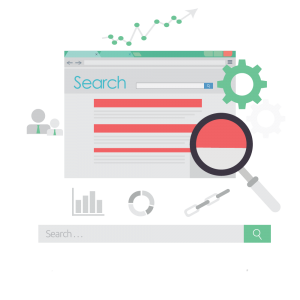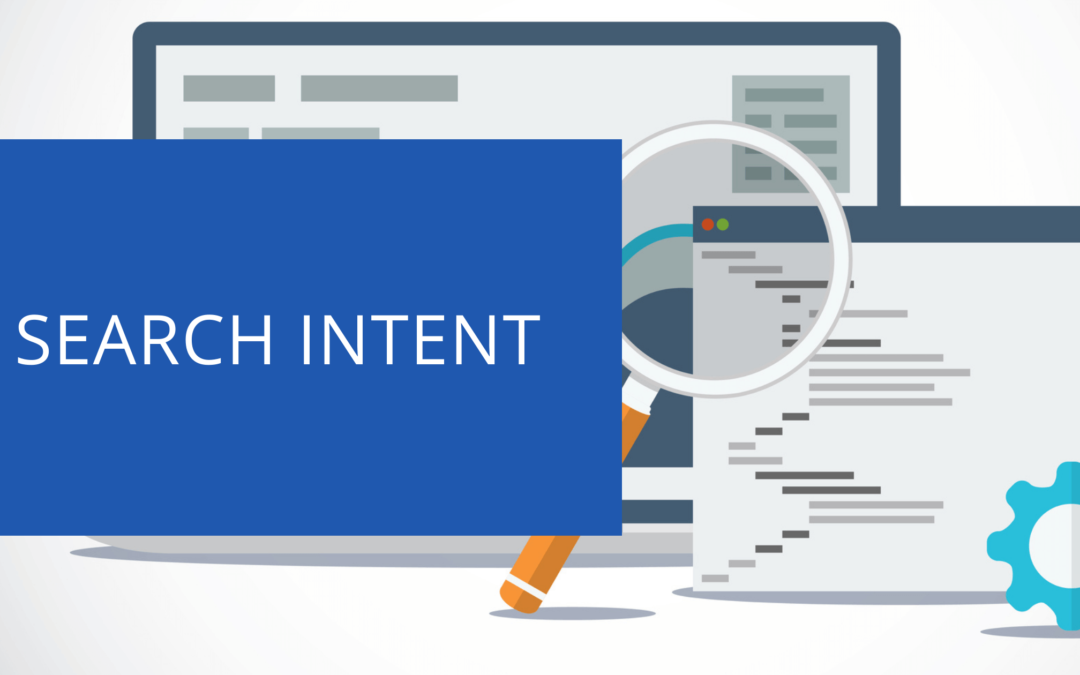Search intent is one of the most important concepts to understand in SEO. It’s what drives people to search, and it determines how they want to be served by their results. But what does that mean? And more importantly, how do you know if your website is meeting search intent?
This article will help answer these questions and give ways to improve your site’s search intent!
Contents
What is search intent?
Search intent also known as user intent is the reason why someone types a particular query into a search engine. It’s what drives people to search, and it determines how they want to be served by their results.
Understanding what searchers are intending to do with their queries can help you create content that meets those needs, which can result in higher rankings and more traffic.
There are three main types of search intent: navigational, informational, and transactional.
 Navigational searches are when people know exactly what website they want to visit and type the URL into the search bar. These queries usually have very few words and high click-through rates (CTRs) because users are looking for a specific site and don’t want to see results from other sites.
Navigational searches are when people know exactly what website they want to visit and type the URL into the search bar. These queries usually have very few words and high click-through rates (CTRs) because users are looking for a specific site and don’t want to see results from other sites.
Informational
Informational searches are when someone wants to know something and is looking for the best answer in organic search results. They might not necessarily care about visiting a specific website, but they still want what’s most helpful to them. These are the 5 Ws (and 1 H) type keywords (Who, What, When Where, Why, and How).
Transactional
Transactional searches occur when someone knows exactly what product or service they want such as buying something online, and they intend to get that item as quickly as possible.
Check search intent
Now that you understand the three types of search intent, how do you know if your website is meeting those needs?
There are four main ways to determine whether your site is satisfying user intent: analysing SERP features, looking at your analytics and Google Search Console data for questions or informational queries, looking at competitors’ questions or informational queries, and reviewing search engine result pages (SERPs).
Analysing SERP features
One way to tell what kind of user intent is driving organic traffic to your site is by analysing the different types of Search Engine Result Page (SERP) features that you’re getting.
SERPs include things like Knowledge Graphs, Featured Snippets (when Google “pre-fills” an answer in the search results), and other types of rich snippets. These features usually indicate informational or navigational intent because they are looking for a specific result rather than just any site.
Checking Analytics and Search Console Data
Checking your analytics and Google Search console data for informational or question-based queries can also help you understand what type of user intent is bringing traffic to your website. If a high number of visitors are coming from long, informational keywords like “what is X” then that means they have more informational search intent than transactional or navigational.
Checking Competitors Data
You can use tools like ahrefs or SEMrush to check competitors to see what pages they have on their site and the keywords they are ranking and traffic estimation for those pages.
Looking at the SERPs
The last way to determine user intent is by looking at the search results pages themselves.
If you see that your site is ranking in the top three positions for certain keywords, but you’re not getting many clicks, then it might mean that people are finding what they need on other websites and don’t need to click through to yours.
How to improve your search intent
 The best way for your site to satisfy search intent is by making sure that the content on your pages matches what people are looking for when they do an online search.
The best way for your site to satisfy search intent is by making sure that the content on your pages matches what people are looking for when they do an online search.
Generally, you will be targeting informational and transactional searches. When you are creating content, make sure you check the SERPs for that keyword and see what types of websites are on the first page and that your content aligns.
For example, if you search for a keyword and the front page of the SERPs all contain eCommerce website category pages, then you aren’t going to be able to rank an informational article as this would show that Google sees this keyword has having transactional intent.
Commercial and Local Intent
Commercial and local intent are two other types of search intent that you should be aware of, although they aren’t officially in the main types of search intent but they have been proposed by marketers.
Commercial intent is when someone searches for a product or service to learn more about it or compare different options before purchasing. The keywords include the terms “best,” “top” and “review.”
Local intent is when users are looking for information or directions about a physical location. These keywords include “near me” and “nearest”.
If you are using the advice above of checking the SERPs for search intent, if you do a “best” type search, you will generally see articles on the front page that e.g. list the top 10 products with reviews. This means you would want to be creating this type of article too.
Search Intent FAQ
What is the best way to determine what type of search intent my website is targeting?
There are four main ways to determine whether your site is satisfying user intent: analysing SERP features, looking at your analytics and Google Search Console data for questions or informational queries, looking at competitors’ questions or informational queries, and reviewing search engine result pages (SERPs).
Can you give me an example of a transactional search?
Transactional searches occur when someone knows exactly what product or service they want such as buying something online and include terms such as “buy, “order”, “cheap” or “purchase”.
Can you give me an example of an informational search?
Informational searches are when someone wants to know something and is looking for the best answer in organic search results. They might not even have a specific website in mind. These are the 5 Ws (and 1 H) type keywords (Who, What, When Where, Why, and How).
What are some methods I can use to improve my site’s search intent?
The best way for your site to satisfy search intent is by making sure that the content on your pages matches what people are looking for when they do an online search. Generally, you will be targeting informational and transactional searches.
When you are creating content, make sure you check the SERPs for that keyword and see what types of websites are on the first page and that your content aligns.
We Offer SEO Services Nationwide
- Chester:https://mediakynect.co.uk/seo-chester/
- Wirral: https://mediakynect.co.uk/seo-wirral/
- Liverpool: https://mediakynect.co.uk/seo-liverpool/
- North Wales: https://mediakynect.co.uk/seo-north-wales/
- Wrexham: https://mediakynect.co.uk/seo-wrexham/
Conclusion
By analysing SERP features, looking at analytics data, checking competitors’ search intent, or reviewing the search results page itself you can determine whether your website or the content you have planned is satisfying users’ online searches.
If you find that your website is satisfying search intent, great! If not, don’t worry, there are ways to improve this. Correctly targeting informational and transactional searches will help you create content that meets the needs of users who are looking for specific information or a product or service to buy.

